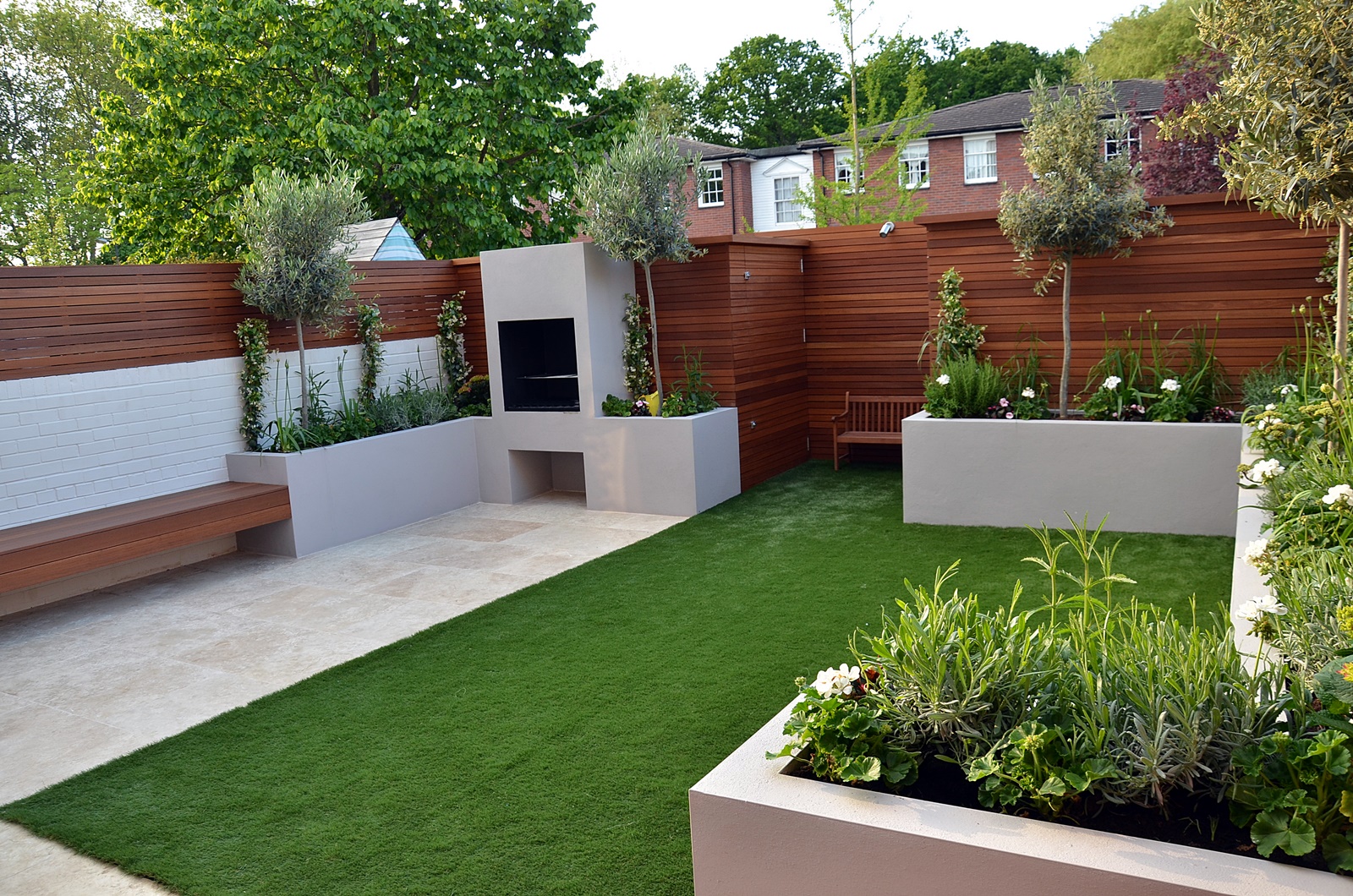Landscaping your front yard is more than just about planting flowers and pruning bushes; it’s about creating an appealing space that enhances the appearance of your property while boosting its value. Whether you are looking to make a strong first impression or simply want to enjoy a lovely outdoor environment, a thoughtfully planned landscape design can transform your outdoor area into a breathtaking masterpiece. This article will take you through the entire the landscaping process, making sure that you are equipped with everything to bring your ideas to life.
From learning about the advantages of hiring experts to looking into DIY options, we will discuss all the essential elements that contribute to a successful project. You will learn about the value of adequate lawn care and maintenance, how to select the best plants for your landscape, and creative hardscaping ideas that can maximize your outdoor living space. Whether you choose to hire an expert or take on the challenge yourself, our detailed guide will help you avoid common mistakes and create a lovely and practical front yard that you can be happy with.
The Value of Professional Landscaping
Hiring expert landscaping might convert your front yard into a beautiful outdoor space that improves your house's curb appeal. While many homeowners may consider taking on the task on their own, engaging professionals guarantees that the design and execution are done correctly. Professionals have the experience and knowledge to avoid common pitfalls and errors that can arise in DIY endeavors, ultimately saving time and money in the long run.
Another significant advantage of hiring a landscaping service is the capacity to create a customized design adapted to your specific needs and wants. Landscaping professionals can evaluate your yard and suggest the most suitable plants, hardscaping features, and layout to match your surroundings and lifestyle. Their knowledge not only includes visual considerations but also functional aspects such as drainage, soil health, and plant compatibility, contributing to a landscape that flourishes year-round.
Finally, expert landscaping can significantly increase the value of your property. A well-designed landscape is more than just visually appealing; it can enhance the general appeal of your home to prospective buyers. Studies show that attractive landscaping can add substantial value, often reclaiming a larger percentage of investment than other home improvements. Thus, by opting for expert landscaping, you not only benefit from a beautiful outdoor space but also secure a wise financial decision for your property's future.
Lawn Care Essentials

Maintaining a healthy lawn requires consistent attention and care. The key to a thriving lawn begins with proper mowing techniques. Try to cut your grass at the proper height for its specific type, as mowing too short can damage the roots and result in weed growth. Keeping your mower blades in good condition provides a clean cut, which aids your lawn recover quickly and resist diseases. Additionally, aim to vary your mowing pattern every time you mow the grass to encourage vertical growth and reduce soil compaction.
Applying fertilizers is a further crucial element of lawn care. Knowing your soil's nutrient needs is essential, and soil testing can provide valuable insights into what amendments might be necessary. Apply fertilizers during the growing season, following suggested schedules for your climate and grass type. Incorporating landscape remodeling of organic and synthetic fertilizers can promote robust growth and color, guaranteeing your lawn remains healthy throughout the year.
Watering plays a vital role in lawn maintenance. It's necessary to provide adequate water without overdoing it, as both under-watering and over-watering can cause problems like drought stress or root rot. A rule of thumb is to water deeply and infrequently to encourage roots to grow deeper into the soil. Consider utilizing a rain gauge to monitor rainfall and modify your watering schedule as needed, so that your lawn remains hydrated and thriving throughout season long.
Eco-friendly Landscaping Techniques
Embracing green garden design practices not only helps the environment but also enhances the beauty and functionality of your yard. A key of the key factors is the selection of indigenous plants, which are perfectly suited to the regional climate and soil conditions. These plants require fewer water and maintenance, making them a great choice for eco-conscious gardeners. In addition, indigenous plants support native wildlife, such as pollinators, creating a vibrant ecosystem in your garden.
Incorporating water-efficient landscaping techniques, like xeriscaping, can substantially reduce water usage. This approach includes selecting drought-tolerant plants, using mulch to retain moisture, and implementing efficient irrigation methods. By creating a garden that flourishes on minimal water, you also conserve resources but also reduce the need for harmful fertilizers and pesticides, promoting a healthier environment for your residence and neighborhood.
Finally, engaging in composting and utilizing organic materials can boost soil quality and reduce waste. Recycling kitchen scraps and yard waste fertilizes the soil, supplying essential nutrients to your plants and avoiding relying on chemical fertilizers. look at here now promotes a thriving landscape while supporting waste reduction efforts. By embracing these practices, you not just create a stunning outdoor space but also take meaningful steps toward a more sustainable future.
